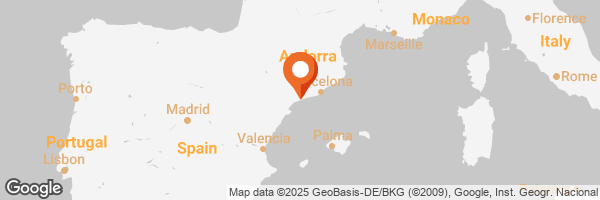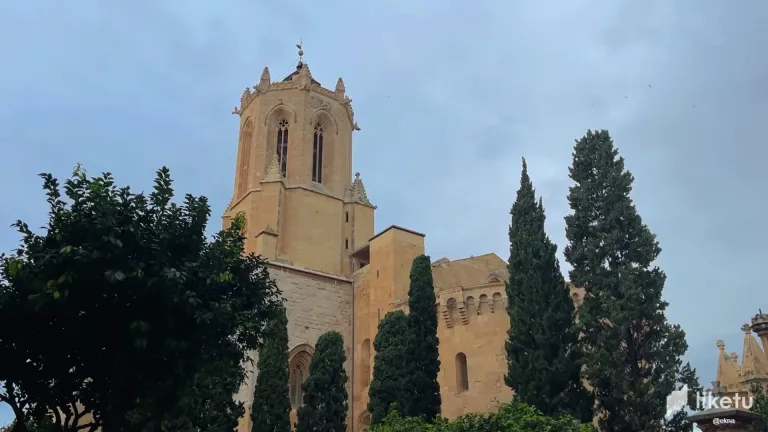
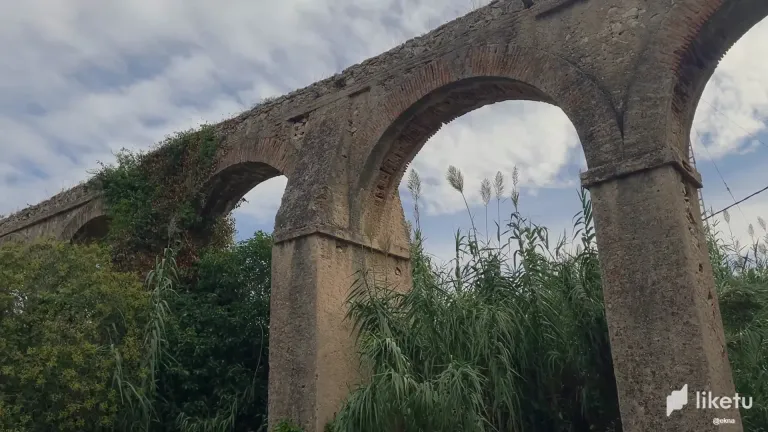

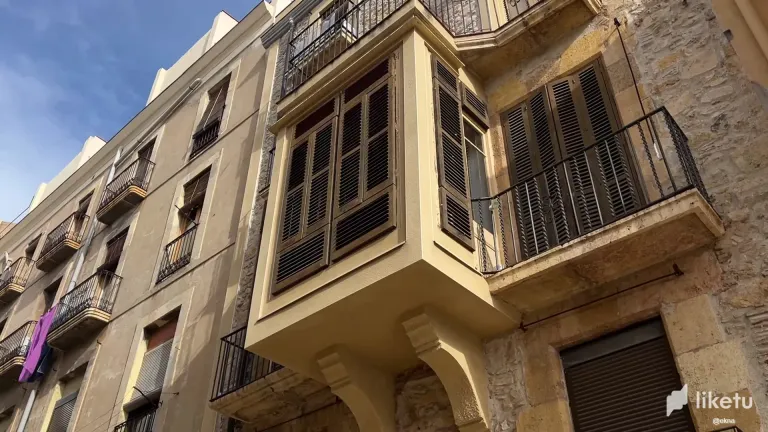
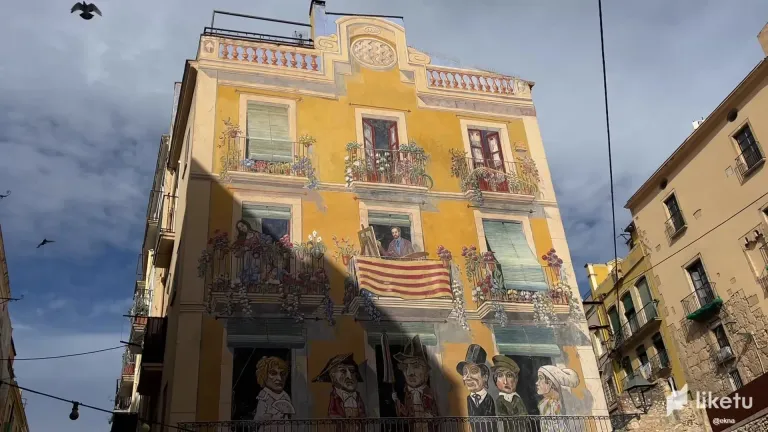
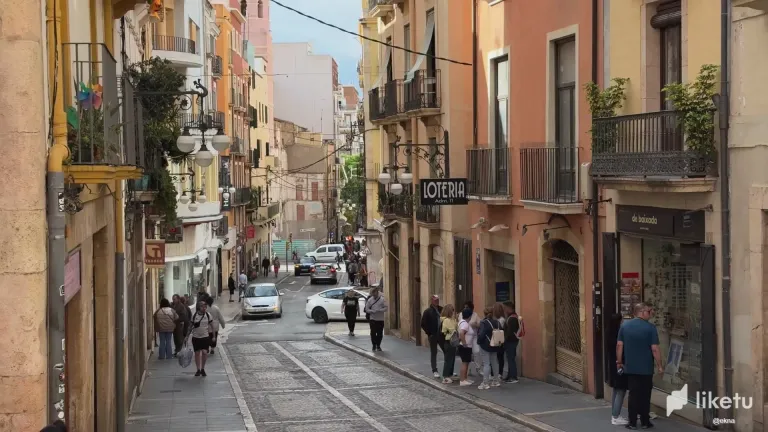
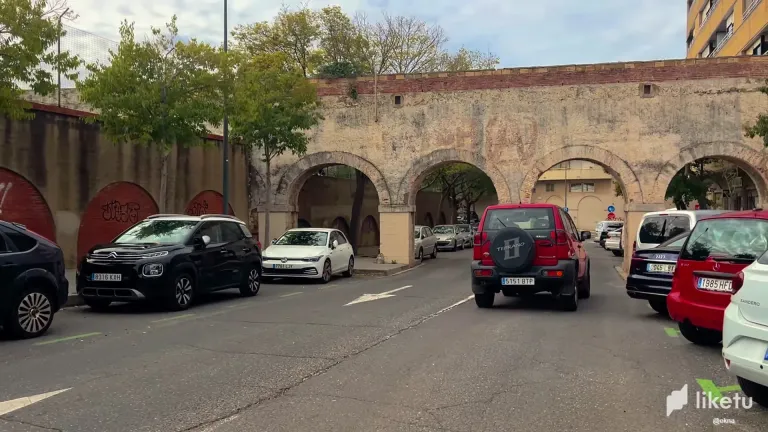
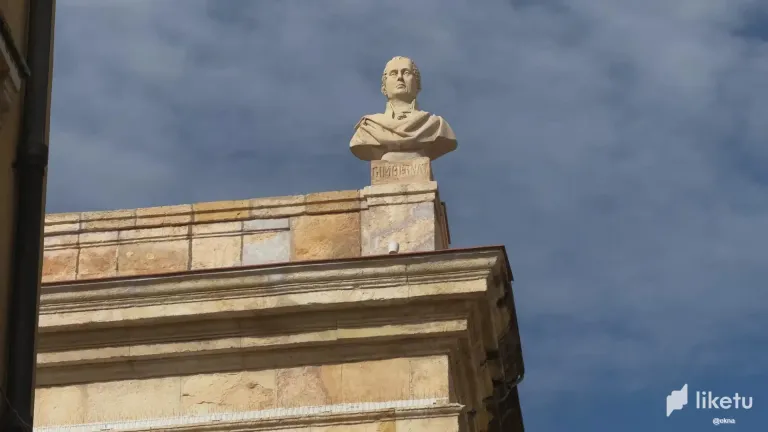
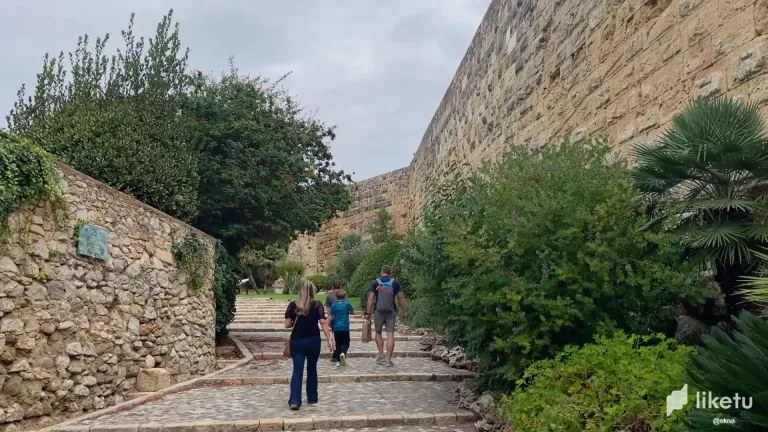
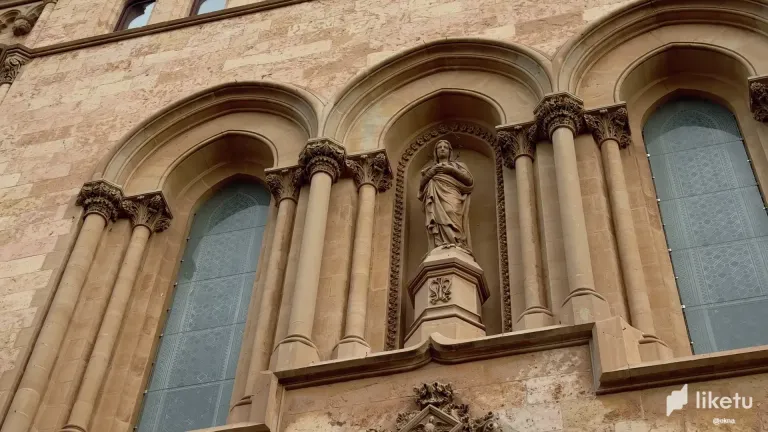
Tarragona's Secrets - A City Waiting to be Discovered
I was eager to see Tarragona, a place referred to as the city of eternal spring. The Romans had given it this name, but I don't know if they meant the mild weather throughout the year or an energetic microclimate that acted like a "fountain of youth". Perhaps one of the ancient inhabitants of Tarraco would learn the time by looking at the sundial here while walking in the forum.
Plaça del Rei, where we began our tour, was lively. Almost every table in every restaurant was full. An atmospheric square filled with families, young children, teenagers, grandparents and men who had come to support their neighborhood's team, wearing their uniforms.
Here again in Plaça del Rei, we noticed two sacred buildings. The Baroque-style Church of Santa Maria de Nazaret dates back to 1742 and has undergone several changes and restorations to this day. The first record of a church on this site is found in a document kept in the Archives of the Kingdom of Aragon, dating back to 1153. Initially it was a Romanesque church, smaller than the present one and connected to the Aguilo family.
Opposite it stands the Baroque-style Church of the Trinity, built in 1646 by the Augustinian friars and rebuilt in 1814 by the Trinitarian friars. Similar to the previous one, there was also a Romanesque chapel of Santa Anna on the site of this church in the 13th century.
Tarragona is a city that has everything, including a scattered ordinariness and a self-sufficient economy. Few people care if foreign tourists come to spend money. Tarragona is a rare opportunity to get a glimpse of normal life in Catalonia and see how their world really is without the crushing impact of mass tourism.
But among the typical Spanish streets with numerous protruding balconies, among the unexpected squares, the true beating heart of Tarragona is its people and traditions. This city is the soul of Catalonia.
And Tarragona offers a wealth of attractions for inquisitive travelers, from ancient city walls and impressive Roman ruins to inviting golden beaches and the breathtaking Balco del Mediterrani, a unique promenade overlooking the vast blue sea.
You suddenly emerge from narrow medieval streets into a wide area; this is the magnificent Rambla Nova boulevard, crowned with the monument of Captain Roger de Lauria, who came from Calabria and served the kings of Catalonia and Aragon from a young age, commanded the royal troops in the war against the Anjou dynasty of Sicily and destroyed the French fleet in the decisive battle at Formigue in 1285.
Turning the next corner, we encounter another section of the ancient city walls, the columns of the Roman forum, a medieval cemetery or a fresco depicting Tarragona's magnificent and colorful history or just another historic house.
Even amidst the noise, it is impossible not to notice the fascinating history of Tarragona, hidden in the fragments of its ancient city walls, in the amphitheater and in the ornate balconies of its houses. The Roman name of Tarraco is still widely used. The city was the winter home of Emperor Augustus for many years, expanded and fortified by him and became the richest Iberian coastal city of that time.
Evidence of that era is scattered throughout the city. The amphitheater was built in the early 2nd century ad and rebuilt in 221, as indicated by a 140-meter inscription crowning the podium, the longest inscription in the entire Empire.
Today parts of the greatly eroded northern stands carved into the rock and parts of the southern stands supported by concrete arches have been preserved. Saint Fructuosus and his deacons were martyred here in 259 during the persecution of Christians.
The Roman circus, along with the Roman amphitheater, is one of the two most important structures of Tarragona from the Roman Empire period. This circus, which could accommodate more than 25000 people, is considered one of the best-preserved circuses in Europe.
The circus was very large in plan, much of its structures are still hidden under old buildings from the 19th century, for example, this is the area where chariot races were held.
The forum square, a typical gathering place for Catalans, recalls the structure that stood here during the Roman period.
The lower square of the provincial forum was a huge rectangular structure, surrounded on three sides by an elaborate portico structure. The interiors were decorated with gardens and numerous statues. Currently, the remains of these porticoes are scattered in the grid of medieval streets. This is just a corner wall fragment in the Forum square.
"Dedicated to Minerva." He believed in her and hoped that Minerva would protect him and his soldiers. Therefore, the Roman centurion Manius Vibius had carved a relief inscription dedicated to the goddess of wisdom into the tower with a dagger. He did not know that he was making the oldest Latin inscription on the peninsula. He was Etruscan and commanded the soldiers who built the walls of Tarraco, which would be the oldest Roman structure in Europe outside the Italian peninsula. Rome came to Spain and would stay here.
Tarragona's old city is called Part Alta. In many places, it is possible to see Gothic arches built in the Middle Ages and various houses from several centuries ago.
Part Alta is located in the highest part of ancient Tarraco. In this area, which currently has 3,600 inhabitants, we can find a significant part of Tarragona's monumental heritage.
Surrounded by Roman walls and dominated by the Cathedral, this area preserves its medieval layout with its old mansions, the Jewish quarter and arched streets.
The mixture of structures from many periods makes Tarragona very interesting. We walked in admiration in Part Alta, which combines Roman and medieval buildings with later structures dating back to neoclassicism...
For the best experience view this post on Liketu
